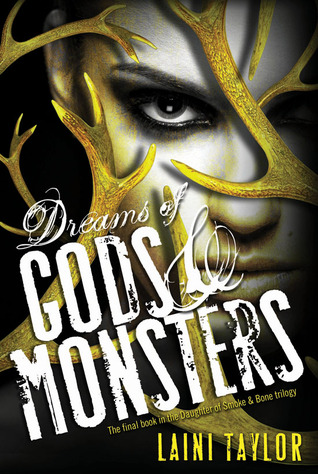| Sogang Korean 1A Student book and Grammar supplement |
Pages: 168
Rating: 3.5/5
I purchased my Sogang books (1A-2B) while in Korea. I had read a number of reviews that said this was a good series and recommended it. I had also heard the Sogang University language program is among the best (particularly for speaking) so I decided to give them a try.
This series is broken up into 5 levels each with a book A and B. The Student's book comes with a Supplementary grammar book to help explain grammar points, and provides a glossary of the vocabulary used both by page and by starting character. There is also a workbook that you can also purchase to practice what you learn in the book. Both the student's book and the work book come with a CD to follow along with dialogues and answer questions based on listening comprehension.
Firstly, these books are very nice to look at. They are colourful and have lots of pictures. Each chapter is broken up into several sections. An introduction to show what the chapter will be covering; speaking-grammar to introduce how the grammar point is used (it provides the page number of the supplement book to refer to the explanations); speaking dialogues to show the grammar in use in a mini conversation with substitution words to help practice; task; reading and speaking with comprehension questions; listening and speaking with comprehension questions; and a summary of the key vocabulary and phrases.
The layout is well thought out and the mix of the 4 language areas is well balanced. I can see the clear progression between grammar points and how they build upon each other. 1A starts off with a section dedicated to learning how to read 한글 (hangul) so it's good for first time learners. It is also necessary as these books do not use romanisation at all, which I love because you cannot rely on it to correctly reflect the pronunciation. One thing I have noticed is that unlike other textbooks is that Sogang starts you learning using polite language (요) rather than formal language (이다). I personally like this as I feel it is more versatile as a first time learner so as when you speak to someone you won't offend anyone but you also don't come across as overly formal. The series starts introducing the formal language much more in 1B but utilises it in the reading tasks in 1A. I particularly like these reading passages as they challenge you a little bit. They present additional vocabulary along with using grammar you have learnt to test your reading comprehension, and the best part is that there is audio to accompany it to help with intonation, fluency and listening.
I really like how these books have separated the grammar explanations from the main book. This makes it easy to find and review grammar points. The book is also small and compact enough that you can take it with you when commuting so you can practice without having to carry around a heavy textbook. I know the Ewha Korean (이화 한국어) books also do this but you have to buy this separate from the textbook and the workbook.
I was quite happy with the exercises presented in the workbook. There are a variety of tasks to practice the grammar and vocabulary presented in each chapter. Some of the tasks that are included are conjugations, word/pictures match, cloze, transcribing and listening comprehension. There are also some exercises where you are required to finish the sentence but I don't really like these. My problem with these are there could be several ways to compete a sentence and vocabulary that can be used, which might not be the answer the book is wanting. Without a teacher you rely on the answers provided by the workbook to determine if you are correct or not so at this level it is hard to know if the answer you gave could also be grammatically correct. As for the answers for the workbook they are not provided in the book itself; you have to download the answer file from the Sogang website.
Now onto the cons. While I have said this book does go through 한글 it is definitely designed for in-class learning as there is no romanisation to introduce the sound of letters. While I do not recommend using romanisation to be reading full words and sentences, I definitely found it helpful as a beginner 한글 learner to remember the general sound of individual characters. There are lots of audio tracks provided to learn the pronunciation and sounds so it does make up a bit for it there. I personally recommend going to another source to learn the basics of 한글 and then use this book to practice it.
Another big con is that most of the speaking portions are designed for in-class partner work. It will give activities to role-play and discuss the different topics, sentence structures and grammar. This makes it hard to do unless you have someone else to practice with who can fix any mistakes you are making. As a solo learner I am really unable to use these activities to their full potential. Unfortunately this means there is a decent portion of the book I cannot use.
Overall, I am happy with the Sogang 1A and 1B books. However, I do not recommend using them as your sole source for learning Korean. There are lots of other books and websites that can be used to supplement your learning. I am currently also using 이화 한국어 1-1 and 1-2 and well as Yonsei Reading 1 to supplement my learning.





